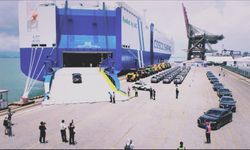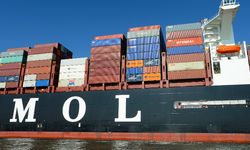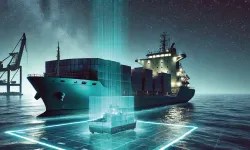We summarize The New York Times article for our read below here.
As Argentine soccer superstar Lionel Messi christened the vessel in Miami, questions arose about the sustainability claims surrounding the 250,800-ton ship, capable of accommodating nearly 8,000 passengers.
Royal Caribbean asserts that the Icon of the Seas sets a new standard for sustainability, incorporating energy-efficient technology to minimize its carbon footprint. The ship's features include the use of liquefied natural gas (L.N.G.), shore power capabilities, waste-to-energy conversion, advanced water treatment, and plans for fuel cell technology. However, some environmental experts raise concerns about the long-term impact of such measures.
The Icon of the Seas is the first Royal Caribbean ship powered by L.N.G., considered a cleaner alternative to conventional marine fuels. While the cruise industry touts its benefits, critics argue that L.N.G., primarily methane, poses long-term environmental challenges. The International Council on Clean Transportation predicts a tripled demand for L.N.G. by 2030, resulting in increased methane emissions. Royal Caribbean acknowledges L.N.G.'s transitional nature and expresses plans to adapt to future, more sustainable fuel sources.
The cruise industry has been criticized for emitting carbon dioxide when docked. Icon of the Seas aims to tackle this issue by running on shore power electricity while at ports. Despite being a cleaner alternative, only 2 percent of the world's ports currently offer shore power for cruise ships. Royal Caribbean is collaborating with ports to expand its use, aligning with its commitment to sustainability.
Icon of the Seas features a waste management system, known as Microwave-Assisted Pyrolysis (MAP), converting food, biowaste, and cardboard waste into energy. The system produces small pellets, which, when heated, generate gas used to power the ship's water park. While innovative, critics highlight the need for further assessment of its energy output.
The ship boasts an advanced purification system treating all onboard wastewater through reverse osmosis. Royal Caribbean's commitment to installing cutting-edge sewage treatment technology is acknowledged by environmental groups, emphasizing the positive impact on reducing marine pollution.
Although initially promoted as the "first ship with fuel cell technology," Icon of the Seas currently lacks installed fuel cells. Bloom Energy, the manufacturer working with Royal Caribbean, cites challenges with external suppliers and focuses on implementing fuel cells for the upcoming Utopia of the Seas. Critics stress the importance of utilizing hydrogen made from renewable electricity for true zero-life cycle greenhouse gas emissions.
While Royal Caribbean emphasizes its commitment to sustainability, some environmentalists argue that building increasingly larger ships contradicts long-term goals of environmental preservation. The cruise industry continues to grapple with balancing growth and sustainability, raising questions about the industry's trajectory and the true environmental impact of these massive vessels.





